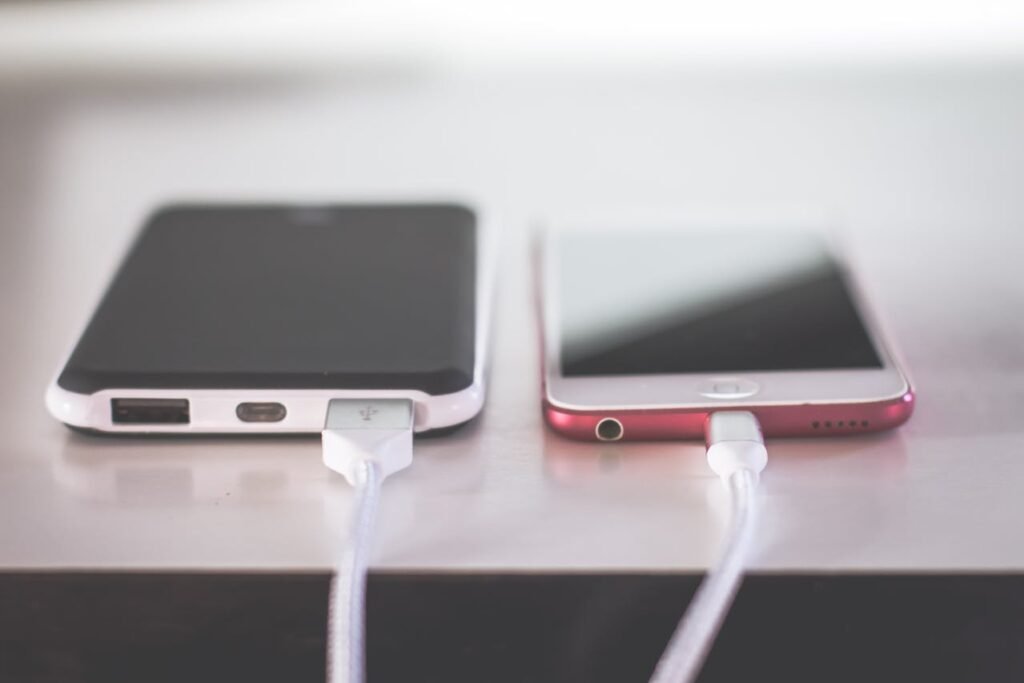Introduction
Upgrading to a new smartphone is always exciting, but the thought of transferring all your data can be daunting. Whether it’s your cherished photos, important contacts, or favorite apps, ensuring everything migrates seamlessly is crucial. For tech enthusiasts, smartphone users, and gadget lovers, this guide will walk you through every step of transferring data from your old phone to your shiny new one. By the end, you’ll be armed with the knowledge to make this process as smooth as possible.
Understanding the Process
Transferring data between smartphones might seem complicated, but it doesn’t have to be. Let’s break down the process into manageable steps.
First, know that data transfer can be either manual or automated. Manual methods might include copying files directly using a computer, while automated methods involve cloud services or specific smartphone features designed for this purpose.
Manual transfers involve connecting your old smartphone to a computer, copying the desired files, and then transferring them to your new phone. While this gives you control over what gets moved, it can be time-consuming.
Automated methods are more convenient. Many smartphones come equipped with built-in tools that guide you through the data transfer process. These tools often use Wi-Fi or a direct cable connection to move your data quickly and efficiently. Additionally, third-party software can facilitate the process, allowing you to transfer everything from contacts to apps with minimal effort.
Choosing the Right Method for You
Not all data transfer methods are created equal. Here’s a comparison to help you choose the best one for your needs.
Cloud Services
Cloud services like Google Drive, iCloud, and Dropbox are incredibly popular. They allow you to back up your data to the cloud and then download it onto your new device. This method is convenient and safe, as it protects your data even if your phone is lost or damaged.
Direct Cable Connection
Using a direct cable connection is perhaps the fastest method. This often involves using a USB cable to connect your old and new smartphones. Most manufacturers provide their own tools for this, such as Samsung Smart Switch or Apple’s Move to iOS.
Third-Party Software
There are numerous third-party apps designed to facilitate data transfer. Apps like MobileTrans and SHAREit offer comprehensive solutions that can transfer contacts, messages, photos, and more. These tools are especially useful if you’re switching between different operating systems, like moving from Android to iOS.
Preparing for a Smooth Transfer
Preparation is key to a hassle-free data transfer. Here’s a checklist to ensure you’re ready.
Backup Your Data
Before anything else, make sure your data is backed up. Use a cloud service or an external storage device to create a copy of your important files. This ensures you have a fallback in case something goes wrong.
Update Your Software
Ensure that both your old and new smartphones are running the latest software versions. Updates often include fixes and improvements that can facilitate smoother data transfers.
Organize Your Files
Take some time to organize your files. Delete any unnecessary data and sort your important files into easily accessible folders. This will make the transfer process quicker and more efficient.
Common Challenges and How to Overcome Them
Even with the best preparation, challenges can arise during data transfer. Here’s how to tackle some common issues.
Insufficient Storage
One common problem is insufficient storage on the new device. Before starting the transfer, ensure that your new smartphone has enough space to accommodate all your data. If necessary, remove any pre-installed apps or files you don’t need.
Connectivity Issues
Sometimes, connectivity issues can disrupt the transfer process. Make sure both devices are connected to a stable Wi-Fi network if you’re using cloud services. For direct cable connections, ensure the cable is in good condition and properly inserted.
App Compatibility
Not all apps may be compatible with your new device, especially if you’re switching between different operating systems. Check for app updates or alternatives that can work on your new smartphone.
Best Practices for Future Transfers
Maintaining a data backup strategy is essential for smooth transfers in the future. Here are some recommendations.
Regular Backups
Make a habit of backing up your data regularly. Use cloud services or external storage devices to keep your important files secure. This will make future transfers easier and protect your data from unexpected events.
Keep Your Software Updated
Always keep your smartphone’s software up to date. Regular updates bring performance improvements and new features that can facilitate better data management and transfer.
Minimalist Approach
Adopt a minimalist approach to data storage. Regularly clean up your phone by deleting unnecessary files and apps. This not only improves your phone’s performance but also makes data transfer quicker and easier.
Conclusion
Transferring data to a new smartphone doesn’t have to be stressful. By understanding the process, choosing the right method, and preparing adequately, you can ensure a seamless upgrade. Remember, regular backups and keeping your software updated are key to making future transfers even easier.
We hope this guide has provided you with valuable insights and practical tips. Ready to share your own experiences and tips for a smooth data transfer? Let’s keep the conversation going in the comments below!

